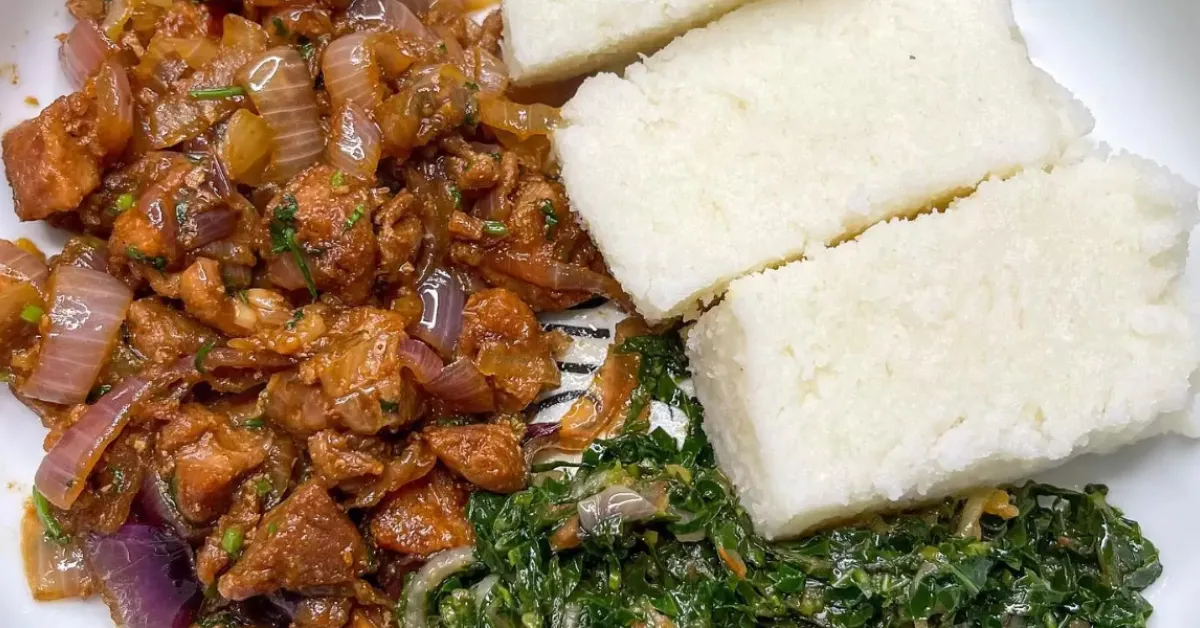Maize Shortage in Kenya Pushes Ugali Prices Higher Amid Supply Crisis

Kenya's maize supply is under severe strain, triggering a surge in maize flour prices and pushing households across the nation into heightened economic uncertainty.
The crisis, driven by a confluence of local and regional factors, threatens food security and is sparking urgent calls for governmental intervention. Millers in the critical North Rift region are reporting rapidly dwindling maize stocks, leading to suspended operations and workforce reductions at several firms. The situation is attributed to substantial exports of maize to neighbouring Uganda and South Sudan, where farmers secured more profitable prices immediately following the harvest.
Market data indicates a significant price disparity, with a 90-kilogramme bag of maize fetching Sh4,200 in Kenya, compared to Sh4,600 in Uganda and Sh5,200 in South Sudan. This price incentive has drawn significant volumes of maize across borders, exacerbating domestic shortages. The complexity of the situation is compounded by recent crop failures in Uganda, caused by extended drought conditions. Historically, a key maize supplier for South Sudan, Uganda now has turned to Kenya to mitigate its shortfall, placing additional strain on Kenyan reserves.
David Kosgei, a seasoned miller and food expert based in Eldoret, warns that this unbalanced demand-supply dynamic poses a significant threat to Kenya's milling industry and overall food stability. The current challenges mirror broader regional pressures. Limited maize production in Zambia, Zimbabwe, and South Africa has tightened the regional supply chain, making Kenya increasingly reliant on imports from Tanzania. At the Sirare border, maize is priced at Sh3,850 per 90-kilogramme bag, but traders caution that escalating demand could drive prices higher.
This trend has forced some millers to establish temporary operations near the border to secure supplies, while others in western Kenya have reduced production or ceased operations entirely due to acute shortages. The economic repercussions are already evident in consumer markets. The price of a two-kilogram packet of maize flour has surged from Sh120 to over Sh150, placing significant pressure on household budgets.
As maize flour remains a dietary staple for most Kenyans, these price increases have far-reaching implications for food affordability and overall economic stability. In response, the Kenyan government has acknowledged the crisis and announced measures aimed at mitigating the impact on consumers. The Ministry of Agriculture intends to release maize from the National Strategic Food Reserve and facilitate the importation of 5.5 million bags of yellow maize. To incentivise imports, a 50% duty waiver will be granted to reduce competition between animal feed manufacturers and millers for limited maize stocks.
Agriculture Cabinet Secretary Mutahi Kagwe emphasises that these interventions are essential to protect citizens from spiralling maize flour prices. However, agricultural experts and stakeholders remain sceptical about the long-term effectiveness of these interventions. They highlight systemic challenges, including questionable production estimates and substandard agricultural inputs, as underlying causes of the current crisis. While the government projected a maize harvest of 75 million bags last season, critics argue that this figure is significantly inflated.
Ezekiel Koech, an agricultural expert based in Eldoret, points to factors such as fake seeds, substandard fertilisers, fragmented landholdings, and unfavourable harvesting conditions as contributors to reduced yields. Official data indicates that the country produced 47.6 million bags of maize in 2023, a 38.8% increase from the previous season but well short of earlier projections. Kenya's annual maize production is estimated at 3.2 million tonnes, against a national consumption rate of 3.8 million tonnes.
This persistent deficit has historically been addressed through imports from East African Community (EAC) states. However, the rising regional demand for maize, compounded by global challenges such as erratic climate patterns, disease outbreaks, and supply chain disruptions from the Ukraine conflict, has made imports increasingly precarious and expensive.














Add new comment